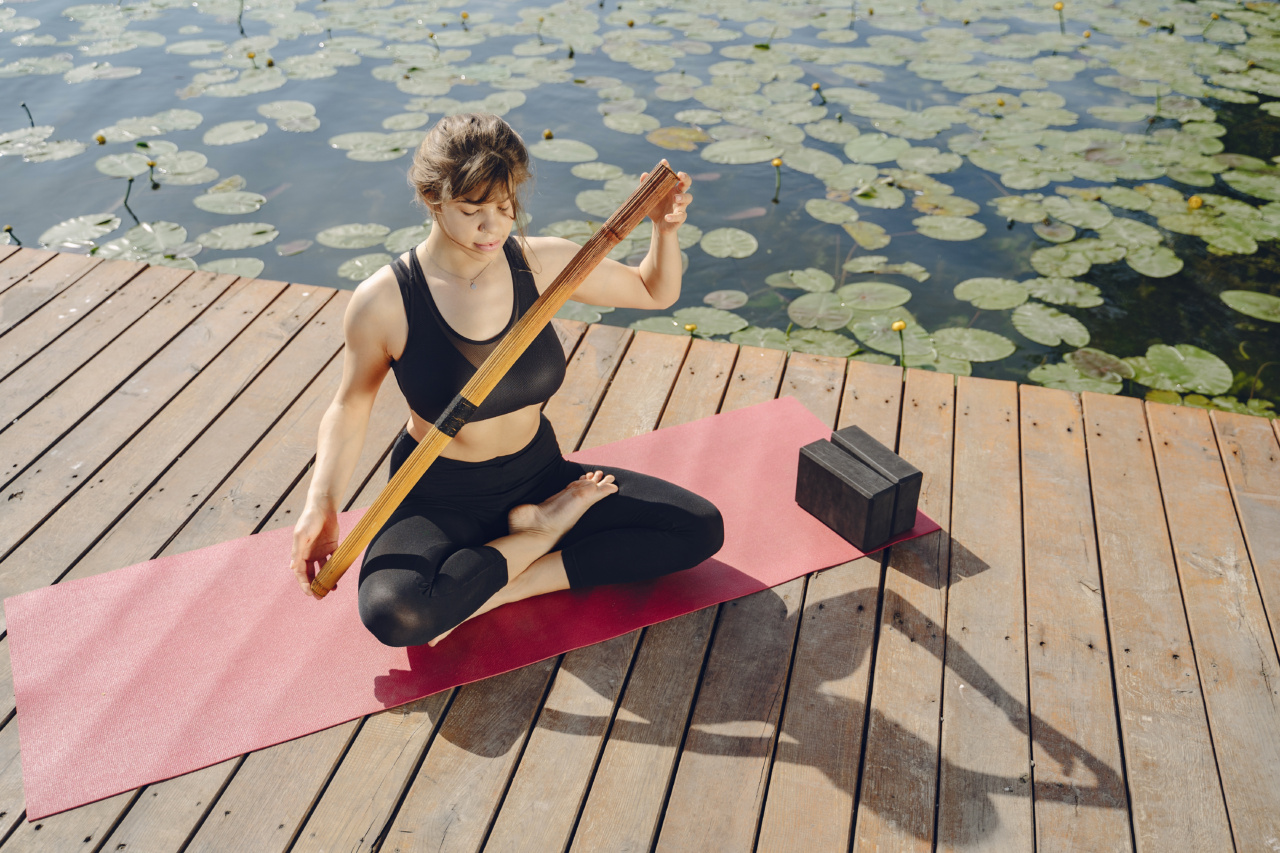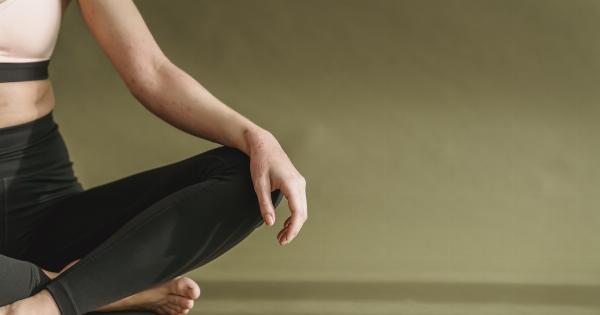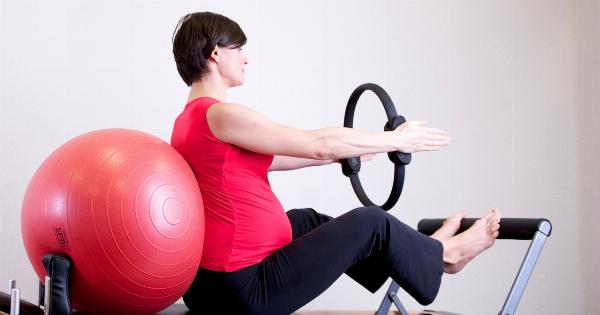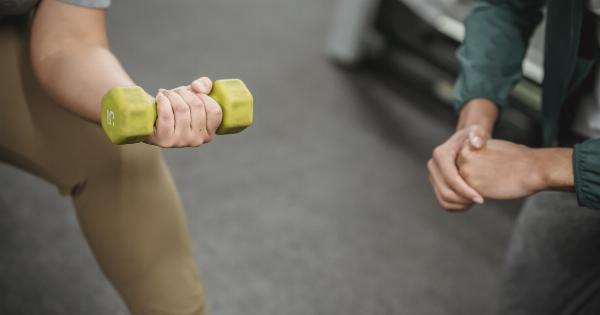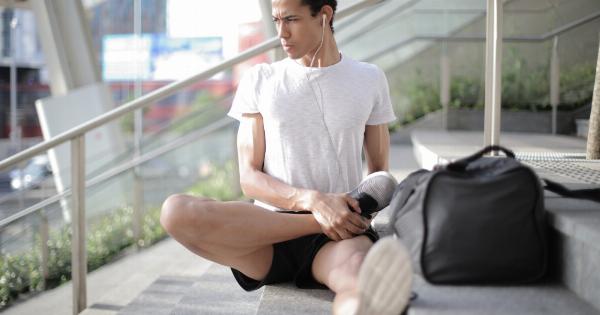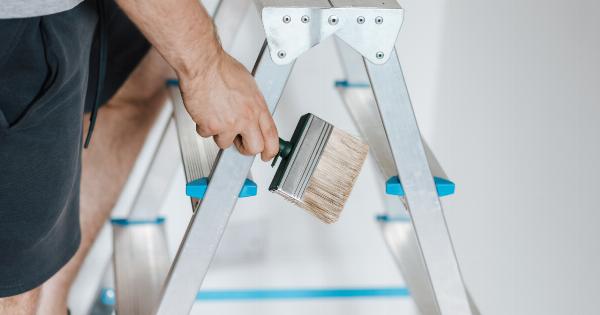Sitting cross-legged is a common sitting position for people of all ages and cultures. It involves crossing one leg over the other and resting the ankle on the opposite thigh.
While it may seem like a comfortable position, sitting cross-legged can have an impact on your health. As an osteopath, I am often asked about the effects of this sitting posture on the body.
Effects on Posture
Sitting cross-legged can cause an imbalance in your pelvic alignment, leading to a reduction in spinal stability. It can also result in an asymmetry of the hips, with one hip flexor being tighter than the other.
This can lead to an uneven distribution of weight through the spinal column, putting unnecessary pressure on the intervertebral discs. Sitting in this position for an extended period can create chronic shortening of the muscles in the hip and leg, which may affect your overall posture.
Effects on Circulation
When you sit cross-legged, you put pressure on the veins in your legs, hindering circulation. This pressure builds up and can cause blood clots, varicose veins, and swollen ankles.
Sitting in this position for an extended period can also cause nerve pinching, leading to a feeling of pins and needles or numbness in your legs.
Impact on Digestion
Sitting in a cross-legged position can also lead to poor digestion. This sitting position compresses your digestive organs, including your stomach and intestines.
This compression can slow or impede the movement of food through your digestive system, leading to bloating, constipation, and indigestion.
Effects on the Pelvic Floor
Sitting cross-legged can cause an increase in intra-abdominal pressure in the pelvic area. This pressure can lead to pelvic organ prolapse, urinary incontinence, or other pelvic floor disorders. The pelvic floor supports your bladder, uterus, and rectum.
Prolonged sitting in this position can weaken the pelvic floor muscles leading to problems with elimination and support for the pelvic organs.
Alternatives to Sitting Cross-Legged
If you need to sit for extended periods, there are alternative sitting postures that are better for your body. It is recommended to sit with your feet flat on the floor and knees bent at a 90-degree angle.
You can use a footrest to support your feet if the chair height is too high. It is also recommended to take frequent breaks from sitting, stand up and move around, and stretch your muscles regularly.
Conclusion
Sitting cross-legged may seem like a comfortable seating position, but it can have negative impacts on your health, including your posture, circulation, digestion, and pelvic floor.
As an osteopath, I recommend avoiding prolonged sitting in this position. Try to sit with your feet flat on the floor, knees bent at a 90-degree angle, and take regular breaks from sitting. By implementing these simple changes, you can avoid any potential negative impacts on your overall health.
